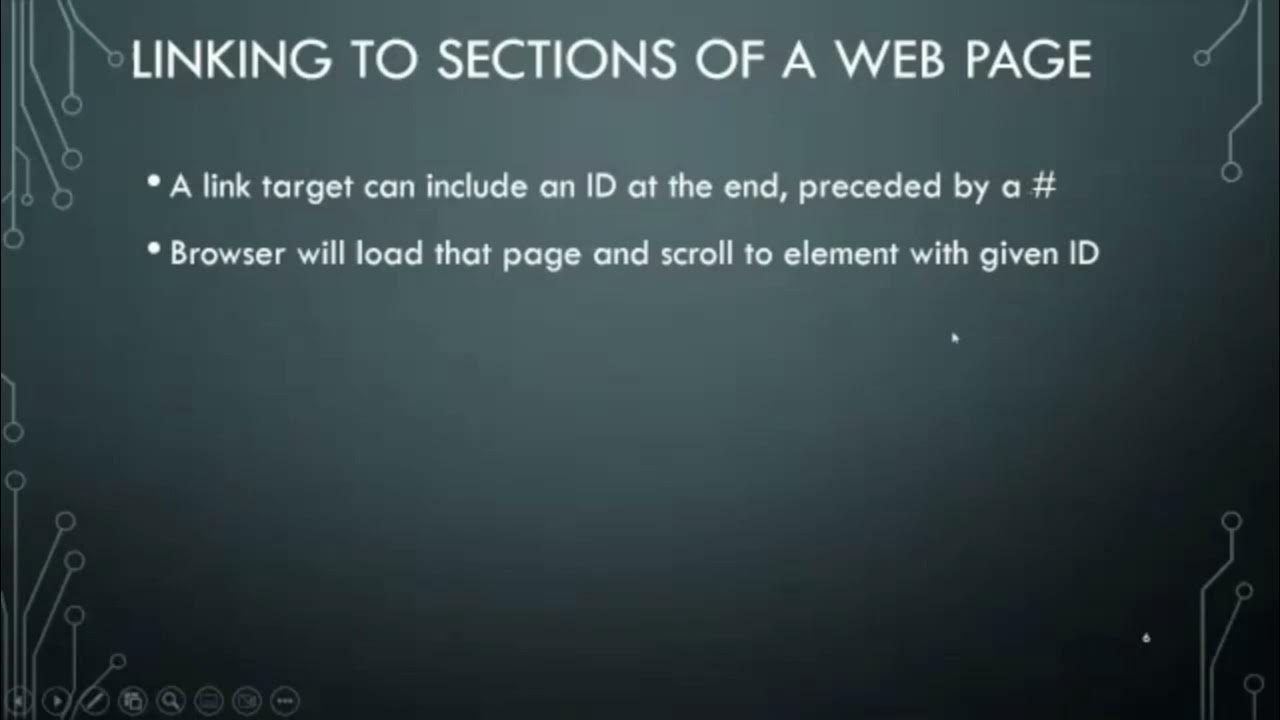Learn CSS Box Model In 8 Minutes
Summary
TLDRThis video explains the CSS box model, covering key concepts such as content, padding, border, and margin. It demonstrates how each part of the box model influences the layout and size of elements on a webpage. The tutorial walks through practical examples of adjusting padding, borders, and margins to manipulate spacing, and introduces the 'border-box' property for more efficient element sizing. It also highlights the importance of using margin for spacing between elements and padding for internal element spacing. Viewers are encouraged to use Chrome DevTools to visualize and better understand the box model.
Takeaways
- 😀 Everything in CSS is a box, whether it's a div, button, span, or text.
- 📏 The box model consists of content, padding, border, and margin.
- 📦 Padding adds space inside the box, between the content and the border, while also expanding the box.
- 🖍️ Borders wrap around the padding and can have customizable thickness and color.
- 📐 Margins create space outside the border, separating different elements.
- 💡 Margin collapsing occurs when two adjacent elements share a margin, and only the larger margin is applied.
- 🔲 Setting a specific height and width defines the size of the content inside the box.
- 🔧 Using 'box-sizing: border-box' ensures that padding and border are included in the total height and width, preventing extra size calculations.
- 🛠️ Chrome DevTools allows for easy inspection of the box model by showing content, padding, border, and margin sizes in real-time.
- 🚀 The 'border-box' model is commonly used because it simplifies layout sizing and eliminates manual calculations.
Q & A
What is the box model in CSS?
-The box model in CSS refers to how elements on a web page are represented as boxes. Each box has multiple components: the content, padding, border, and margin. These elements help control layout and spacing on a webpage.
What parts make up the CSS box model?
-The CSS box model consists of four main parts: content, padding, border, and margin. The content is the innermost part, followed by padding, then the border, and finally the margin.
How does padding affect the size of an element in CSS?
-Padding increases the size of an element by adding space inside the element’s border but outside the content. This pushes the content inward, making the element appear larger.
What is the difference between padding and margin in the box model?
-Padding adds space inside an element, between the content and the border, while margin adds space outside the element, between the border and other elements. Padding affects the element’s background, while margin does not.
What role does the border play in the box model?
-The border surrounds the padding and content, visually separating the element from other parts of the page. It can be styled (e.g., thickness, color) to define the outer boundary of the element.
How does margin collapse work in CSS?
-Margin collapse occurs when two elements with adjacent margins combine, and the larger margin is applied between them, rather than adding both margins together.
Why does the size of an element sometimes exceed the specified width and height?
-By default, the total size of an element includes its content, padding, and border. Therefore, the element's actual size may exceed the specified width and height if padding or border values are added.
What is the 'box-sizing' property in CSS, and how does it affect element dimensions?
-The 'box-sizing' property controls how an element’s width and height are calculated. With the 'border-box' value, the width and height include padding and border, so the element’s size remains consistent with the defined dimensions.
Why is 'box-sizing: border-box' commonly used in CSS?
-'Box-sizing: border-box' is commonly used because it simplifies element sizing. It ensures that the defined width and height of an element include the padding and border, making layout calculations easier.
What tools can be used to inspect the box model in a browser?
-Chrome DevTools and similar browser developer tools can be used to inspect the box model. These tools visually display the content, padding, border, and margin for selected elements, allowing developers to easily understand and adjust the layout.
Outlines

Cette section est réservée aux utilisateurs payants. Améliorez votre compte pour accéder à cette section.
Améliorer maintenantMindmap

Cette section est réservée aux utilisateurs payants. Améliorez votre compte pour accéder à cette section.
Améliorer maintenantKeywords

Cette section est réservée aux utilisateurs payants. Améliorez votre compte pour accéder à cette section.
Améliorer maintenantHighlights

Cette section est réservée aux utilisateurs payants. Améliorez votre compte pour accéder à cette section.
Améliorer maintenantTranscripts

Cette section est réservée aux utilisateurs payants. Améliorez votre compte pour accéder à cette section.
Améliorer maintenantVoir Plus de Vidéos Connexes

CSS Tutorial: CSS Box Model, Margin and Padding | Web Development Tutorials #20

CSS Box Model - Margin, Padding & Borders | Sigma Web Development Course - Tutorial #18

CSS Layouting - #5 Box Model : Padding, Border & Box Sizing

CSS in 5 minutes

Layout Part 1A - Motivation, Divs & Spans Review

CURSO de CSS 2021 Rapido y Facil # 8 | 💻 MODELO CAJA
5.0 / 5 (0 votes)
